The Level Best For Your Horse
























If your horse resists your commands, he’s probably trying to tell you that he’s uncomfortable with the bit and the pressure it puts on his tongue.

Bits can only do two things: cause resistance or relaxation.
Tongue pressure plays an important role in resistance. When a horse is resisting the bit, he’s really evading tongue pressure because the bit is interfering with his ability to swallow.



To understand how your horse feels, push down on your tongue and try to run. You immediately realize that if your tongue can’t elevate, you can’t swallow, and therefore you can’t run very far. This is how your horse feels with the constant pressure of a bit. Select a Myler Bit that relieves tongue pressure and allows more tongue relief and you may find you’ve removed your horse’s reasons to resist.

When it comes to ending resistance, relieving tongue pressure makes the difference.

Horses resist the bit to find more tongue relief. These Signs of Resistance are most often associated with the bit:
Going behind the bit
Going above the bit
Overactive mouth: gaping






Overactive mouth: tongue out of the mouth, drawing the tongue into the throat

Overactive mouth: tongue over the bit


Rooting/leaning on the bit, running through the bit
When your horse is resisting the bit, you need to find a bit that gives him more tongue relief than the bit you are currently using. The Myler Levels match your horse with a mouthpiece that can offer him the comfort he deserves while giving you the communication and control that you need.








correlating mouthpiece designs offer more tongue relief and apply less tongue pressure. When your horse resists the bit, go softer not harsher.
• Young or green, just beginning training, with a challenging disposition

• Riding in a discipline that restricts bits to a singlejointed mouthpiece




• Young or green, just beginning training, with a steady disposition
• Older, just beginning training, training for a new discipline, or retraining after a long lapse
• Riding in a Level 1 mouthpiece and showing resistance
• Basic training with a good disposition and self-control, can handle more tongue relief
• Advanced training but a challenging disposition —anxious, aggressive, or fearful

• Riding in a Level 2 mouthpiece and showing resistance
• Performance horse with advanced training and a solid disposition
• Experienced trail horse with a solid/trustworthy disposition
• Riding in a Level 2-3 curb bit and showing resistance
Myler mouthpiece designs correspond to the Myler Level of a horse’s behavior and experience. The mouthpiece Levels start at Level 1, which apply maximum tongue pressure, and go up to Level 3, which apply minimum tongue pressure and offer the most tongue relief.
• Rotates on to the tongue to apply tongue pressure

• Collapses to form a “U” instead of a “V,” protecting lips and bars from being pinched
• Curves to allow more room for the tongue, protects the lips and bars from being pinched
• ISM* on most mouthpieces
• Offers tongue relief with either a small port or flexible mouthpiece
• Rotates on to the tongue to apply some tongue pressure
• Collapses to form a “U” instead of a “V,” protecting lips and bars from being pinched
• Curves to allow more room for the tongue, protects the lips and bars from being pinched
• ISM* on most mouthpieces
• Ported, offering more tongue relief than Level 1 or 2






• Correctional mouthpieces that apply some tongue pressure or curb mouthpieces that apply little tongue pressure
• Uses more bar, poll, chin pressure than Level 1 or 2
• Curves to allow more room for the tongue
• Options with and without ISM*
• Curb bits with wider ports for maximum tongue relief, little to no tongue pressure

• Uses primarily bar, poll, and curb pressure



• Curves to allow more room for the tongue
• Options with and without ISM*
English mouthpieces are stainless steel with copper inlay. Western mouthpieces are sweet iron with copper inlay.





MB 09

Traditional Single-jointed




Curved for comfort. Consider the 02, 03 or 01 with ISM.
MB 04-CR
Comfort Snaffle Low Port Copper Roller
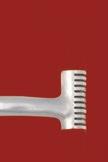



MB 01
Comfort Snaffle Narrow Barrel
More comfortable alternative to the single-jointed mouthpiece.
MB 10
MB 02
MB 03 Metals
Comfort Snaffle Wide Barrel
More comfortable alternative to the three-piece mouthpiece.
MB 11
Traditional French Link

Traditional three-piece. Consider the 02, 03 or 01 with ISM.
MB 32-3
Triple Barrel Mullen
04 with copper roller. Slight port allows for tongue relief.
MB 13C
Narrow Medium Port Cathedral
Applies palate pressure. The solid mouth offers significant tongue relief with mild tongue pressure.
MB 27LP
Correctional Low Port
Similar to the 27PB but w/ no ISM; rotates on to tongue to apply two points of pressure.




Flexible and forgiving when relaxed, solid with tongue pressure when engaged.
MB 36
Mullen Low Port with Forward Tilt

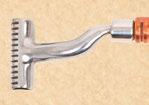
Slight (1/4") port offers tongue relief; forward tilt applies some tongue pressure.
MB 27PB HP
Correctional High Ported Barrel
27PB with higher port for more tongue relief, possible palate pressure.
Link Copper Roller

Comfort Snaffle Copper Roller














































02 with copper roller. Alternative to the three-piece mouthpiece.
MB 04
Comfort Snaffle Low Port
Traditional three-piece. Consider the 02, 03 or 01 with ISM.
MB 32
Slight (1/4") port allows for more tongue relief than Level 1 mouthpieces.
MB 06
Mullen Low Port Barrel
Curved solid bar restricts the tongue. Consider the 32-3 for more tongue relief.
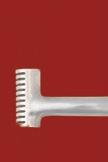











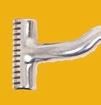





MB 27PB MP
Correctional Medium Ported Barrel


Slight (1/4") port offers tongue relief; does not rotate on to the tongue.
MB 27PB
Correctional Low Ported Barrel
27PB with a medium port for more tongue relief
MB 27
Traditional Correctional
27PB HP without ISM. Rolled back for milder palate pressure
Allows room for tongue; rotates on to tongue to apply two points of pressure.
MB 27 HP CRICKET
Traditional Correctional with Cricket
27HP with Cricket. No ISM. Possible palate pressure.
Correctional Wide Ported Barrel
Narrow Low Ported Barrel
Applies palate pressure. Rotates on to tongue to apply two points of pressure.
Narrow Medium Ported Barrel
More tongue relief than 41PB. Will still apply tongue pressure for control.
Ported Barrel
Correctional version of the 43HP, rotates on to the tongue.
Ported Barrel
Port is wider and slightly lower than the 33.
MB 05
Low Medium Wide Ported Barrel
Mildest 2-3, does not rotate on to the tongue. Offers significant tongue relief.





Offers more tongue relief than the 43LP, no palate pressure
Medium Wide Ported Barrel
Offers same tongue relief as Level 3, but applies tongue pressure for control.

Narrow High Ported Barrel
43LP with higher port for some palate pressure.
MB 33-CR
Medium Wide Ported Copper Roller




















47PB without ISM. Similar to 27 but applies milder tongue pressure.


Offers maximum tongue relief, mildest mouthpiece with ISM.

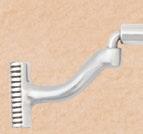









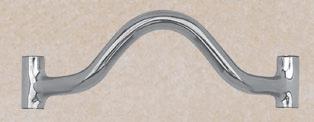

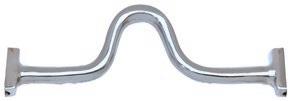
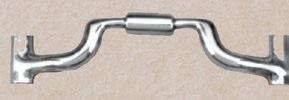

33 with copper roller. Offers maximum tongue relief.
MB 16 MB 15PB
Low Wide Ported Barrel Wide Ported Barrel
A degree of tongue relief between the 33 and the 33WL.







Low Medium Wide Port Copper Roller






16 with ISM. Wider than the 33 and the 16, offers more tongue relief. No palate pressure.














MB 12
Low Narrow Port
Medium Wide Port
Similar to the 33, but lacks ISM.
MB 98
Similar to the 33, but collapses slightly for more give and less solid feel.



05 with copper roller. Collapses slightly for more give and less solid feel.




Level 3 version of 43LP, slightly wider for more tongue relief.
Narrow Medium Port 43MP without ISM
























































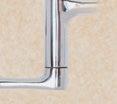








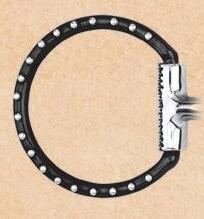




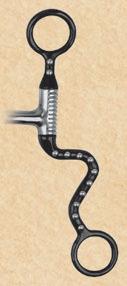

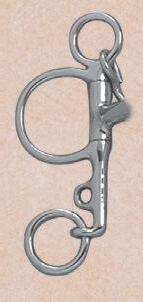






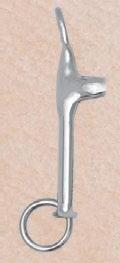
AA, BB, CC: Leather noseband is standard. To replace the standard leather noseband with rawhide, add “R” to the end of the part number. Available on all combination bits.

II: Rawhide noseband is standard. Leather noseband can be special ordered.





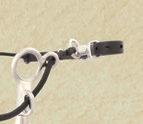






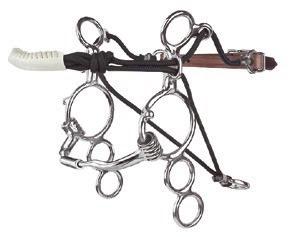
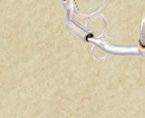

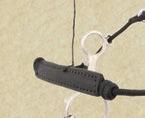


*Legal Cheekpieces for USEF and FEI Dressage
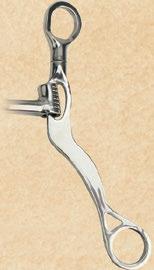

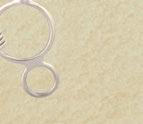

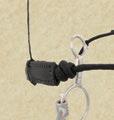


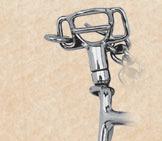


















The English Dee (B), Medium English Dee (D), Eggbutt (F), Baucher (H), and Loose Ring (I) are legal under both USEF and FEI dressage rules.












*Check with your organization for the most up-to-date rules.
What do I do if the mouthpiece/cheekpiece combination is not offered or I can't nd the size I need?


If you can't find the combination of mouthpiece/cheekpiece, or it's not available in the size you need, you can have the bit custom made. Contact the Mylers directly at 417-859-0177 or email mylerbitsusa@mylerbitsusa.com
For bitting advice and suggestions, please visit our web site: www.toklat.com/ myler_bitting





Once you’ve selected a bit, it’s time to introduce your horse to it. We recommend that you introduce any new bit in a safe, closed environment, such as a round pen or arena.



There are two exercises we recommend as transition exercises: vertical flexion (a) and lateral flexion (b).

To practice vertical flexion , stand next to your horse’s head and lift the reins at the withers until you make light contact. Hold the contact until your horse gives to the bit, even slightly, then immediately release. Do this on both sides until your horse is relaxed and flexing at the poll.
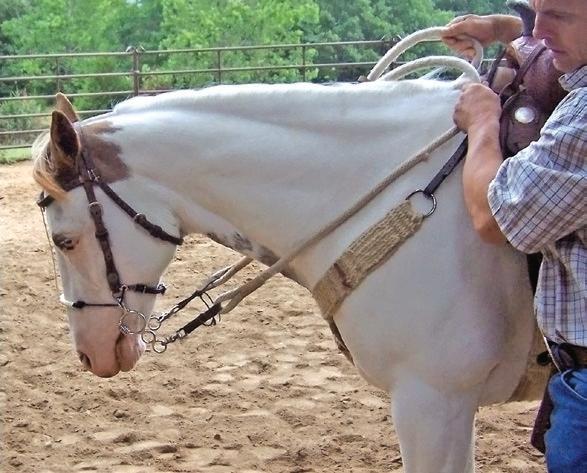

To practice lateral flexion , stand next to your horse and lift the rein, but ask him to bend his neck and turn towards you. When he does, release him immediately. Perform this exercise on both sides until he is relaxed and flexing laterally. Then repeat both exercises from the saddle.
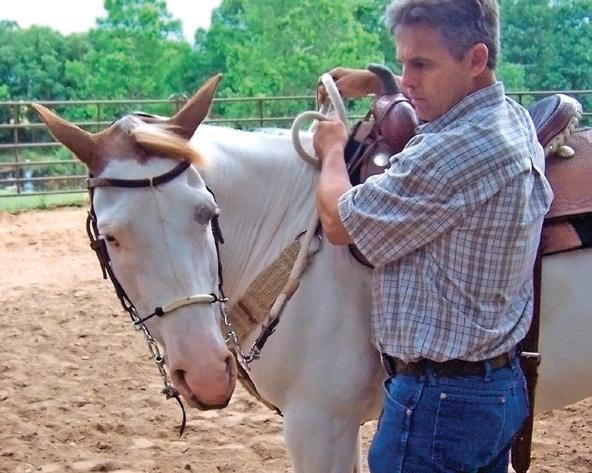


The Myler Combination Bit uses features of a ring bit, shank bit and hackamore to create an innovative and sophisticated tool for training and every day riding.
The noseband and chin strap connect through the purchase (a), synchronizing pressure to the nose, chin and poll before the mouthpiece engages. If the horse does not respond to the pressure on the nose, chin and poll, the mouthpiece slides (b), giving him another warning. If he ignores the moving mouthpiece, it will hit a stop (c), causing it to engage. The horse has three opportunities to respond to the rider’s rein pressure before the mouthpiece is engaged. If the horse respects the chin, nose, poll pressure, he can stay on the bit without any tongue pressure or interference with swallowing.
The support string (e) keeps the noseband in place when you bridle the horse.

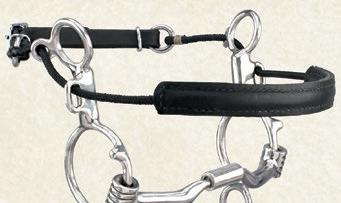





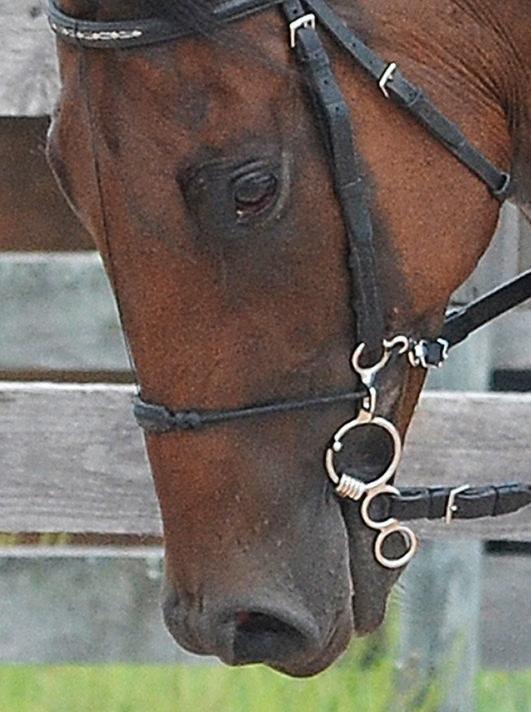
When fi rst introducing the Combination Bit, adjust the chin strap so that you can just get a pinky under the noseband.




The Combination Bit is off ered in four cheekpiece styles: three-ring, two-ring, long shank and Parelli cradle bit. The threering off ers two rein positions (d); the other cheekpieces off er only one rein position (see p. 11).

The Combination Bit can be used for a wide variety of horses and disciplines, as a training tool for starting young or green horses, rehabilitating problem horses, or retraining experienced horses in a new sport.
For a more detailed look at the Combination Bit, see the new comprehensive guide to the Myler System, The Level Best for Your Horse .

Dale, Ron and Bob Myler started designing bits years ago. They developed their approach to bitting from riding their own horses, helping other riders with their horses, working with equine dentists and chiropractors, and studying how the bit works in the horse’s mouth. The Mylers continue to make custom bits at their shop in Marshfield, MO, in addition to working with Toklat®, the exclusive worldwide distributor of Myler Bits®


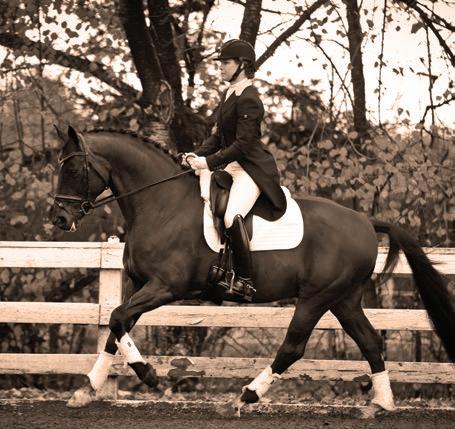
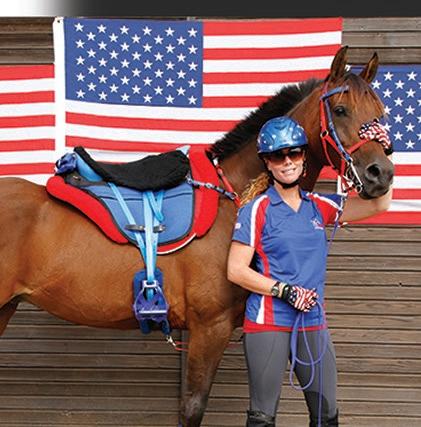
In Memoriam

Ron Myler March 20, 1942 - September 9, 2020




Join

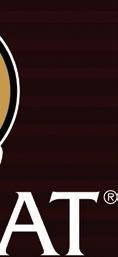





See


